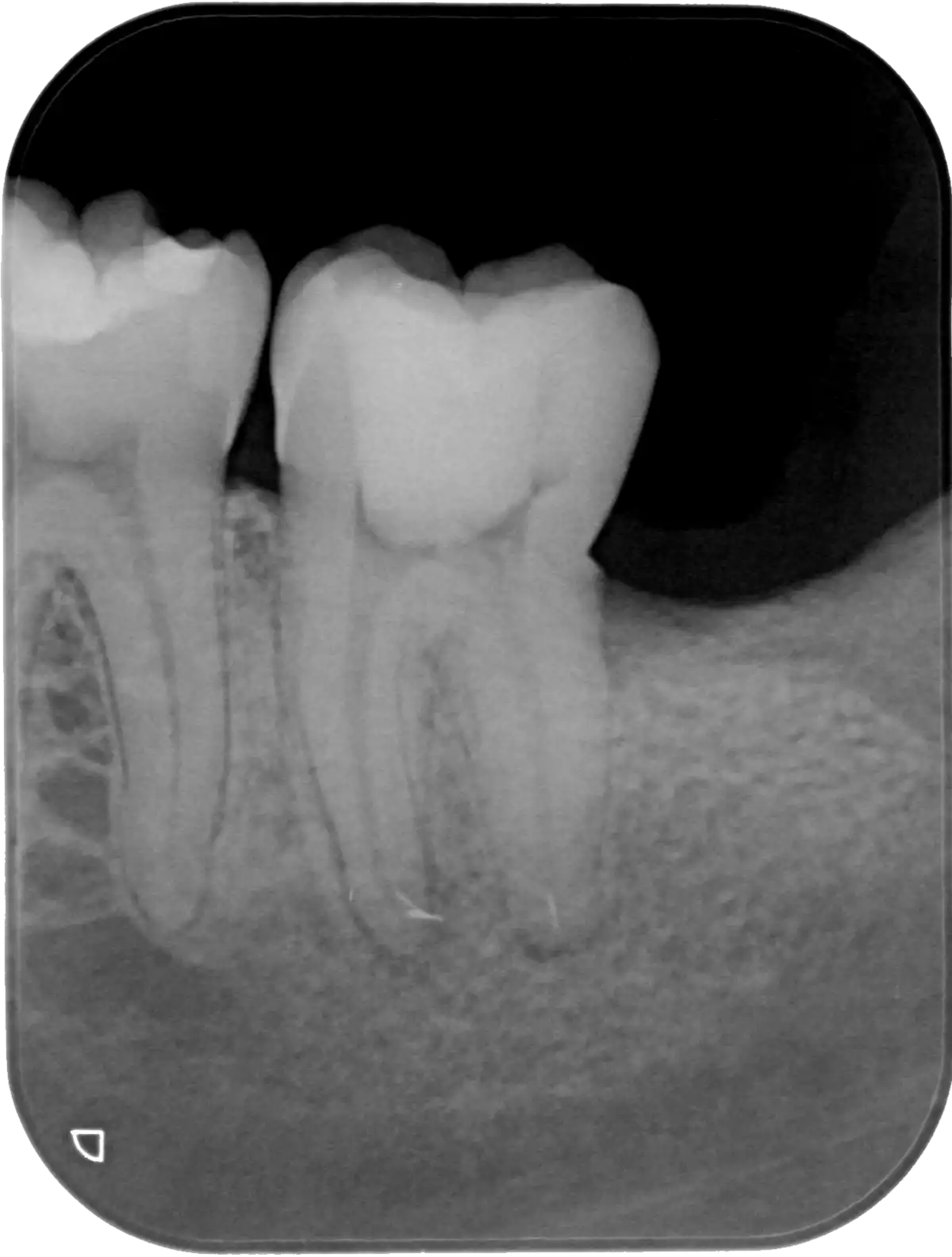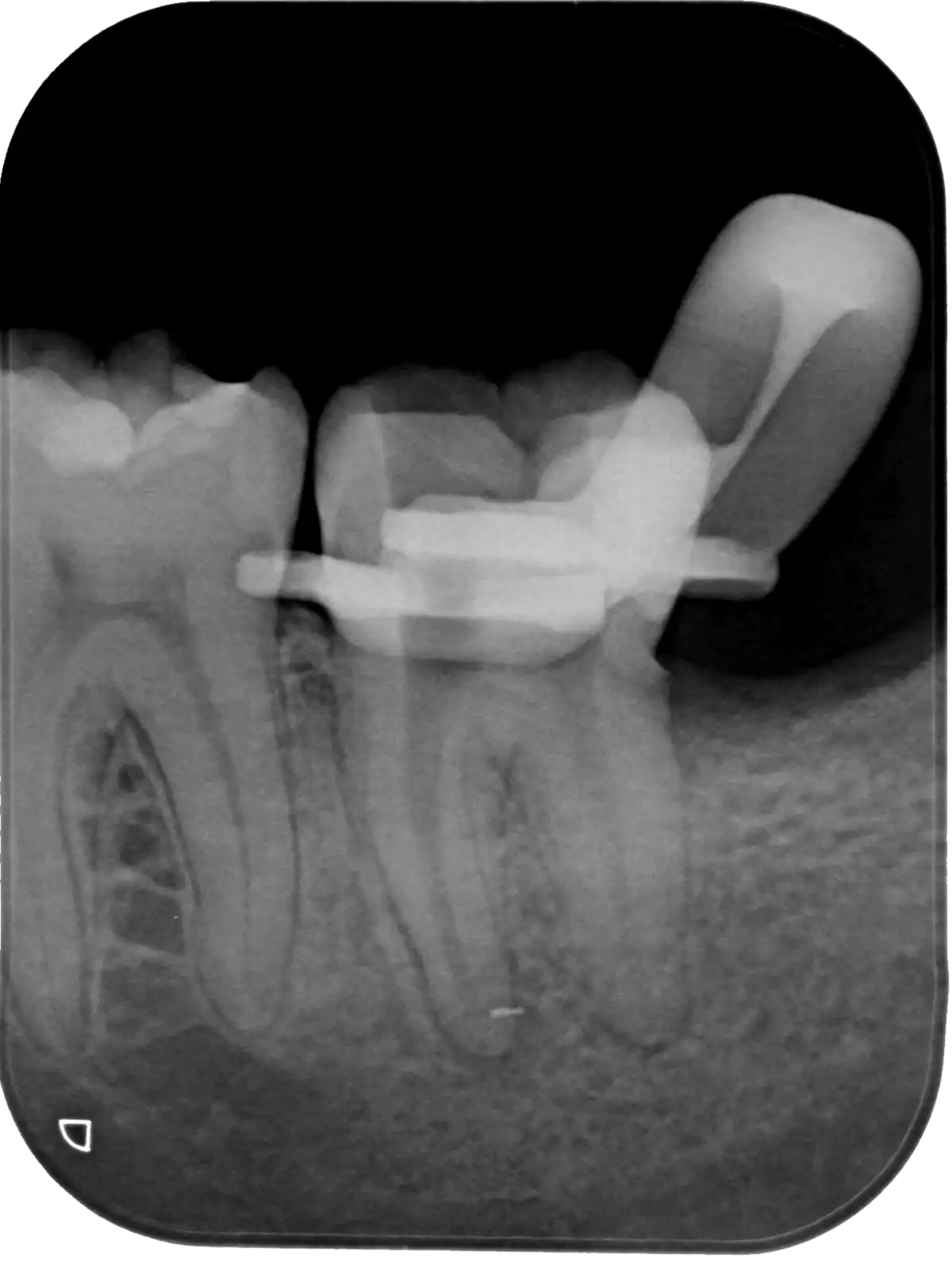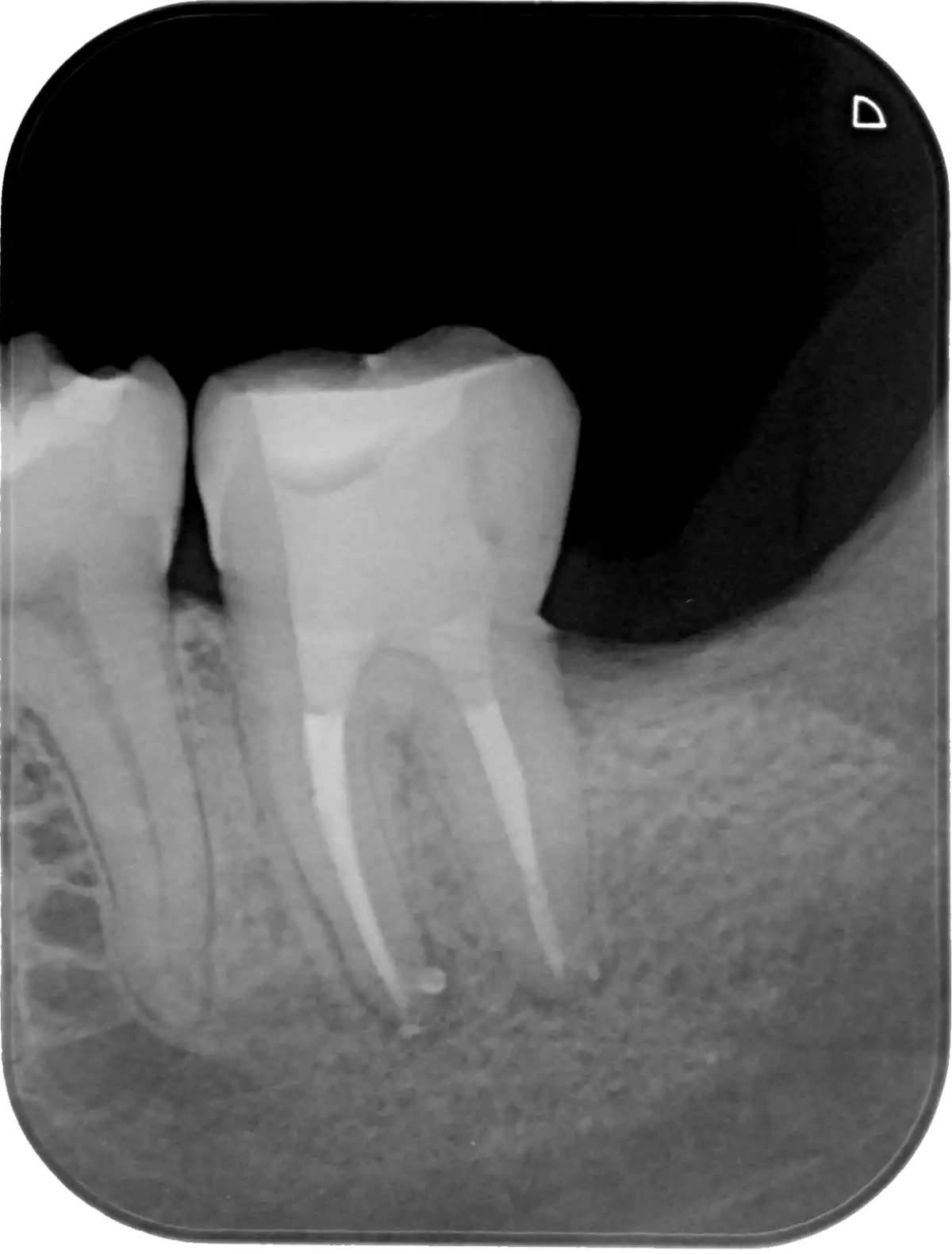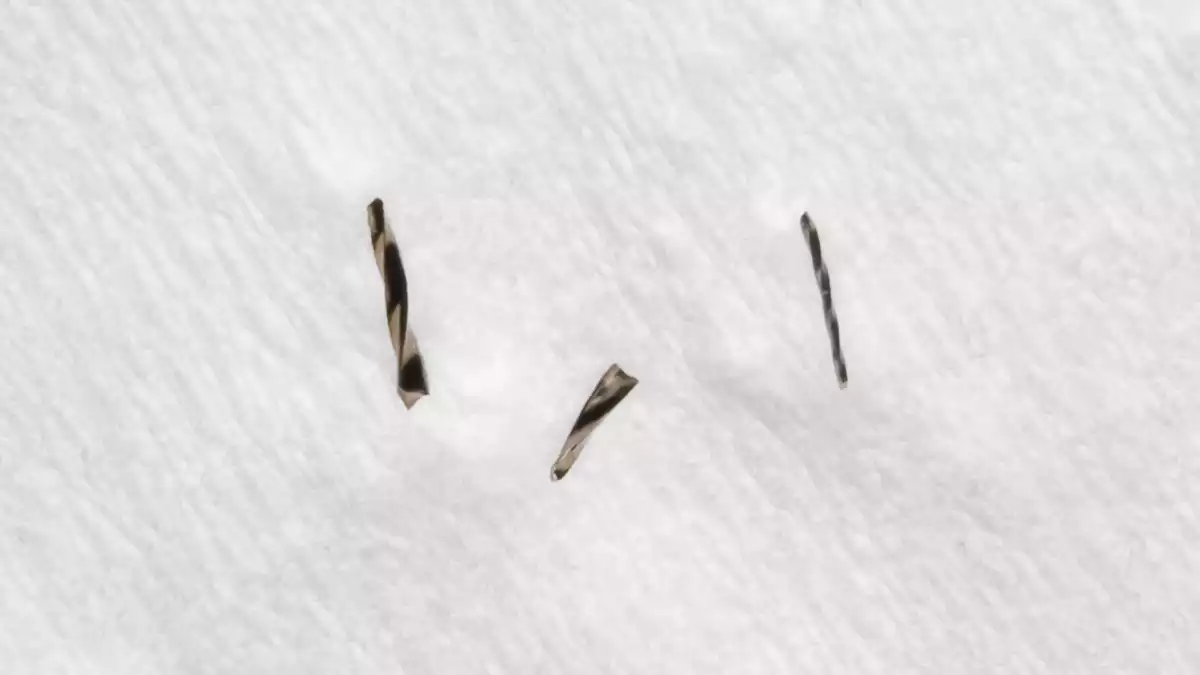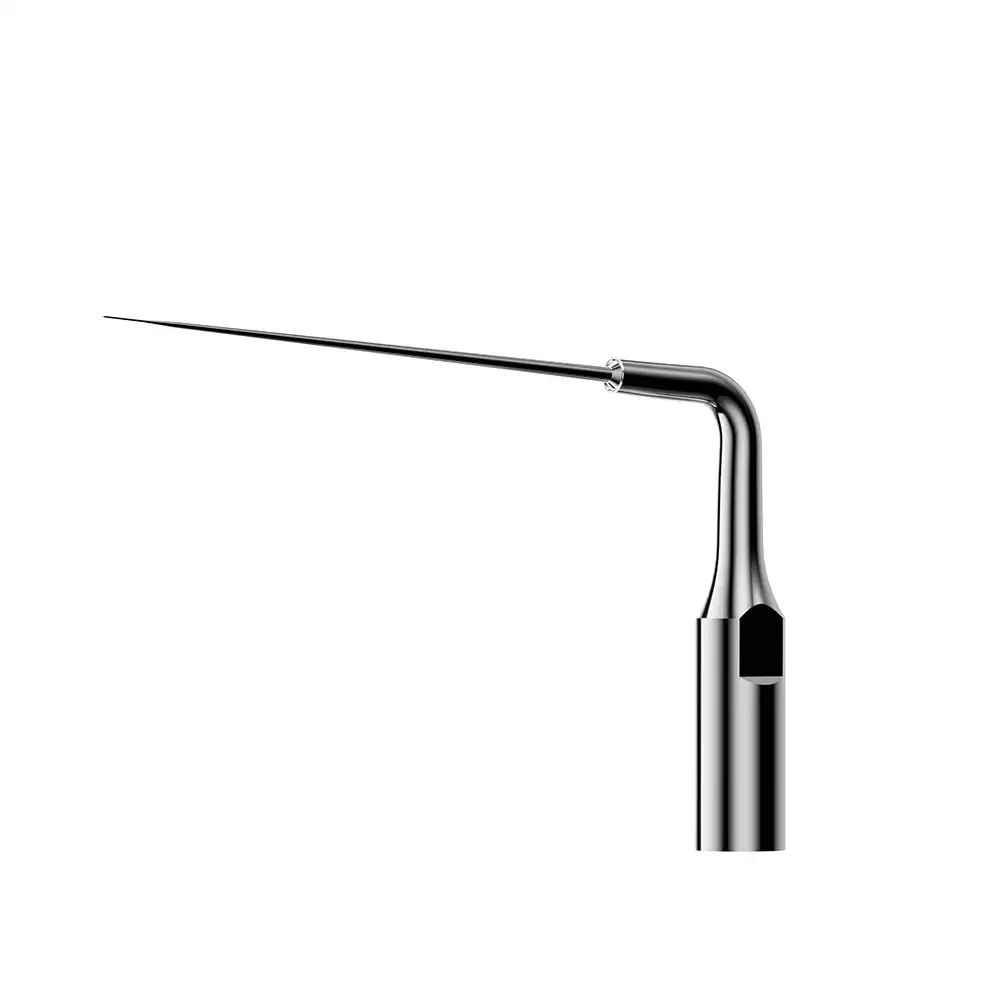Removing Broken Instruments from Root Canals
Removing Broken Instruments from Root Canals: A Challenge for Skilled Endodontists
Removing broken instruments from root canals is one of the most demanding disciplines in modern endodontics. This situation is a nightmare for many dentists and requires not only technical skills but also experience and patience.
Why Is This Procedure So Difficult?
Root canals have highly variable anatomy – they can be narrow, curved, or contain accessory canals. When an instrument breaks deep within the canal, limited access and visibility significantly complicate its removal. The deeper the broken instrument is lodged, the more technical challenges the operator faces:
• Risk of canal perforation – careless manipulation can irreversibly damage the canal walls.
• Loss of access to the apical portion of the canal, which increases the risk of treatment failure.
What Tools and Techniques Are Used?
Removing broken instruments is now possible thanks to advanced technologies and equipment, including:
• Endodontic operating microscopes – provide the necessary magnification and illumination for precise work.
• Ultrasonic devices – enable careful and targeted preparation around the broken instrument.
• Special extraction systems – such as loop systems or co-axial tubes, which help grip and retrieve the fragment.
Prevention Is Key
While modern technology equips dentists to handle complications, prevention is always better than treatment. Key steps to minimize the risk of instrument fracture include:
1. Using high-quality, appropriately sized instruments.
2. Following strict work sequences and proper instrumentation techniques.
3. Considering the canal’s anatomy and respecting its natural curvature.
Conclusion
Removing broken instruments is one of the greatest challenges an endodontist can face. It requires a high level of expertise, knowledge, and precision. This procedure highlights the importance of continuous education and mastering the use of advanced technologies.
As a specialist in endodontics and re-endodontics with more than 20 years of experience, I approach every tooth individually, as no two teeth are alike. Recently, I have greatly benefited from the ultrasonic tip developed by Prof. Yoshi Terauchi, which I highly recommend. Its quality and efficiency in removing broken instruments are remarkable, and I wholeheartedly encourage every practitioner to explore its potential.
Simply put, because the entire issue is far more complex, whether the broken instrument is located in the coronal third, middle third, or apical third of the root canal, it is essential to create a sufficiently wide access to the fragment. This means preparing the canal to at least ISO size 60 with a 2% taper, using either rotary instruments or Gates-Glidden drills. Additionally, it is necessary to establish at least a partial bypass around the broken instrument. Once this is achieved, a sonic tip can be applied, whose activity gradually removes the broken instrument by working it out of the canal.
